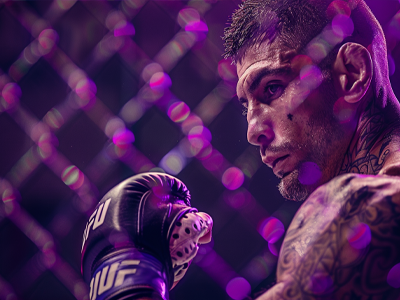Balancing age with other aspects of fighters’ profiles can help you make informed betting choices
The age of an MMA fighter often plays a significant role in shaping betting outcomes, as it can provide insights into a fighter’s physical readiness, experience, and overall performance potential. When evaluating bets on fighters in different age brackets, bettors weigh several key factors, such as stamina, injury history, and mental sharpness, as each can influence the likely outcome in the cage.
Younger fighters typically bring a speed and endurance advantage, as they’re often quicker and have a higher work rate, which can be a game-changer in intense matches. A fighter in their early 20s, for example, may outlast older opponents in bouts where constant movement and reaction times are essential.
However, this youth advantage doesn’t always translate into better betting odds; younger fighters may lack the experience that gives veterans an edge in tactical maneuvers and composure under pressure. This balance between youthful stamina and experienced composure is something bettors carefully evaluate.
Older fighters, often in their 30s and beyond, tend to rely on experience and ring intelligence, using strategic movements and a deep understanding of opponents’ weaknesses. Fighters like this are often disciplined and show maturity that can give them an advantage against less-experienced opponents.
Nevertheless, age can bring physical limitations, such as reduced recovery times, vulnerability to injuries, and slower reflexes, all of which can impact betting considerations. Bettors often take these factors into account, especially if an older fighter has had recent injuries or long layovers between fights.
One interesting trend to consider is when young fighters face seasoned veterans. These matchups can be difficult to predict as they combine the energy of youth with the savvy of experience. Bettors might place bets based on the assumption that the younger fighter’s strength could counterbalance the veteran’s tactics, or vice versa.


